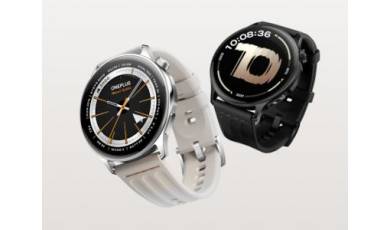Flash firmware on Hisense HS-E90
Mobiles >> Hisense >> Hisense HS-E90| Specifications | Reviews | Secret codes |
| Unlock phone | Root phone |
| Backup | Flash Firmware | Screenshot |
How to flash Hisense HS-E90?
Why reinstall the firmware?
Errors in the Android OS start to appear regularly.
Some applications do not open, reinstalling which does not lead to a positive result.
Many applications from the Play Market do not start.
The phone restarts by itself for no reason.
The phone slows down a lot during operation.
You want to update the firmware, as it does not suit you in terms of functionality.
Where can I find the firmware?
On the website of your phone manufacturer.
On specialized services on which various developers lay out custom or official OS.
What should be done before installing the firmware?
Create a backup copy of user data and transfer it to your computer.
Insert an SD card into the gadget. It must have enough memory for the firmware.
Find information about your smartphone model.
Fully charge your device.
Download Firmware and Place it on the SD card.
Installing TWRP Recovery
Install the Official TWRP App via the Play Market. And run this application.
At the first start, you need to give consent to future manipulations, as well as consent to granting the Superuser rights to the application. Check the checkboxes and press the 'OK' button.
On the next screen, you need to select the 'TWRP FLASH' item and give the application root-rights.
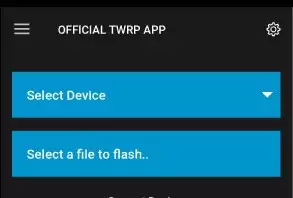
On the main screen of the application, click 'Select Device', and find your phone model.
After selecting a phone, the application will direct the user to a web page to download the modified recovery environment image file. Download the proposed *.img file.
When the file is loaded, you need to return to the main screen of the Official TWRP App and press the 'Select a file to flash' button. Select the file downloaded in the previous step.
Press the 'FLASH TO RECOVERY' button and confirm your choice.
The recording process is very fast, and upon completion, the message 'Flash Completed Succsessfuly!' appears. Click 'OK'. The TWRP installation procedure can be considered complete.
Transfer the firmware and other necessary files to the SD card.
Insert a SD memory card into the phone.
To reboot into recovery, you need to enter the menu accessible by pressing the button with three stripes in the upper left corner of the main screen of the application. Select the 'Reboot' item, and then click on the 'REBOOT RECOVERY' button. The phone will reboot into the recovery environment automatically..
Firmware via TWRP
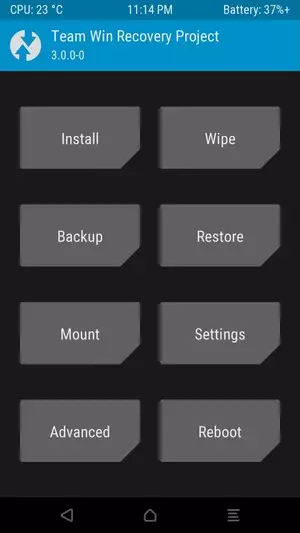
Before flashing, it is recommended to clear the 'Cache' and 'Data' sections. This will delete all user data from the device, but avoid a wide range of software errors and other problems. You must press 'WIPE' on the main screen.
Now you can start flashing. Click the 'Install' button.
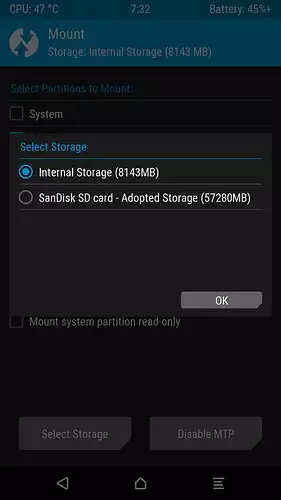
The file selection screen is displayed. At the very top is the 'Storage' button, which allows you to switch between types of memory.
Select the storage to which the files were copied. Press the OK button.
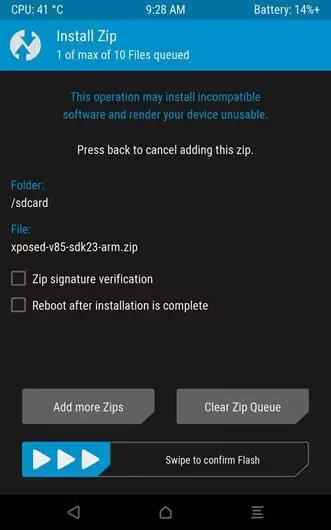
Select the firmware file and click on it. A screen opens with a warning about possible negative consequences, you need to check the item 'Zip signature verification', which will avoid using corrupted files when writing to the phone's memory sections.
The procedure for writing files to the phone's memory will begin, accompanied by logging and filling in the progress bar.
When the procedure for installing the firmware is completed, the message 'Successful' appears on the screen.
Summary: Design: Classic; SIM cards standard: Mini Sim - Regular; GSM: 1900; Other: CDMA 800; Dimensions (H/L/W): 115 x 63.1 x 13.9 mm, vol. 100 cm³; Display: TFTColor (262K) 320x480px (3.5") 165ppi; Touch screen: yes; Weight: 105 g; Time GSM (talk/stand-by): 4 / 180 hrs. (7.5d); Battery: Li-Ion 1500 mAh; Built-in memory: no; Memory card: MicroSD; Operating system: Android; Chipset: Qualcomm QSC6085; CPU 1 frequency: 800.0 MHz; GPRS: no; EDGE: no; HSDPA: no; HSCSD: no; Wi-Fi: 802.11 b/g; Bluetooth: yes; USB: 2.0; IrDA: no; WAP: 2.0; XHTML: yes; SyncML: yes; Data and fax mode: yes; Camera: 5.0 MPx; Resolution: 2592x1944px; Digital zoom: yes; Optical zoom: no; Flash ...
Comments, questions and answers on the flash firmware Hisense HS-E90
Ask a question about Hisense HS-E90



